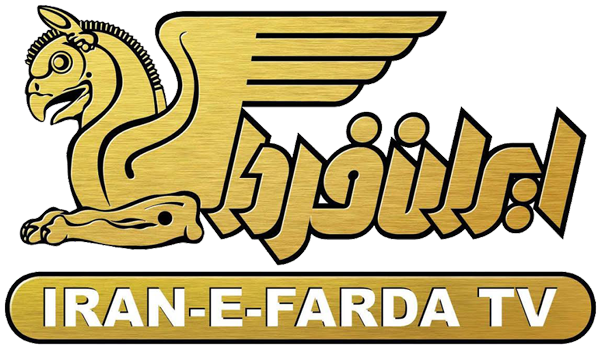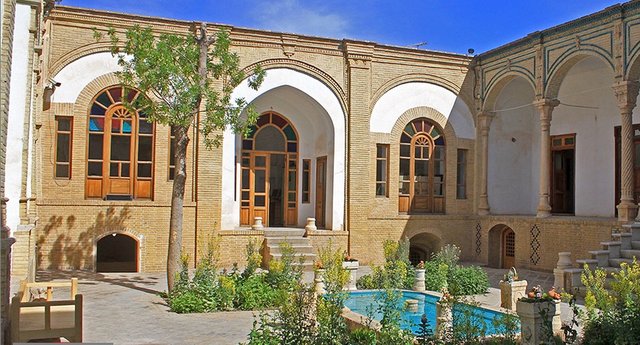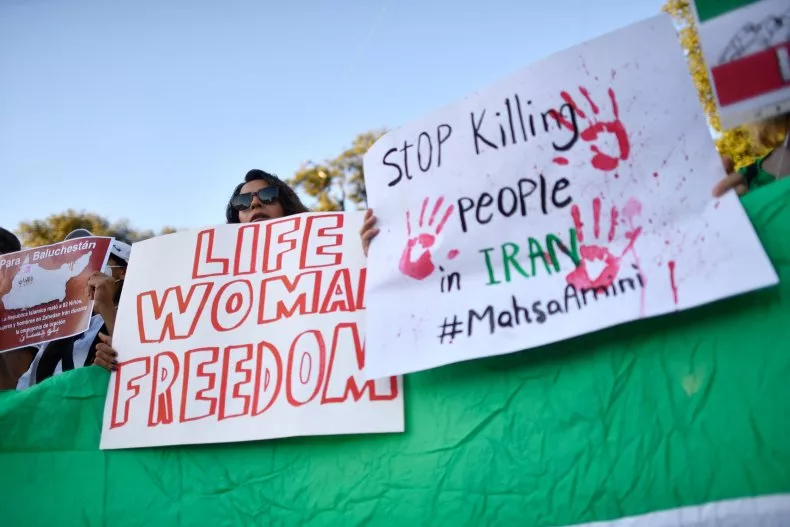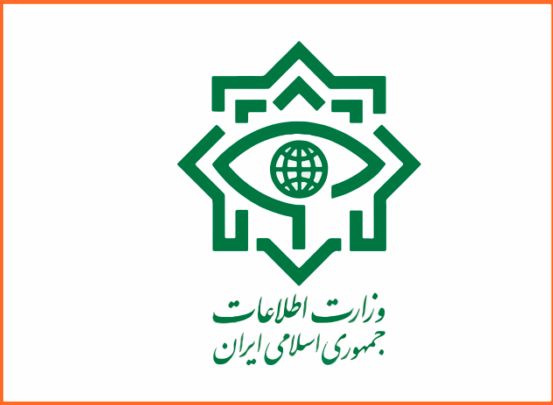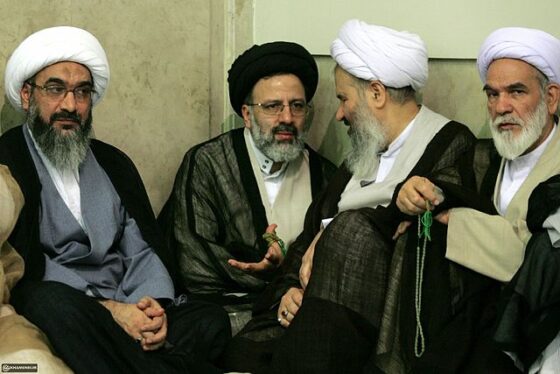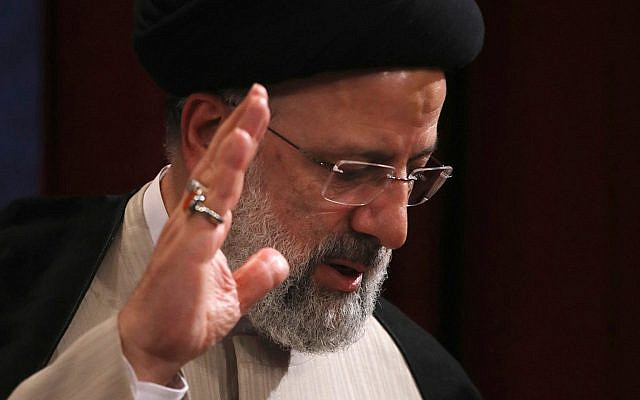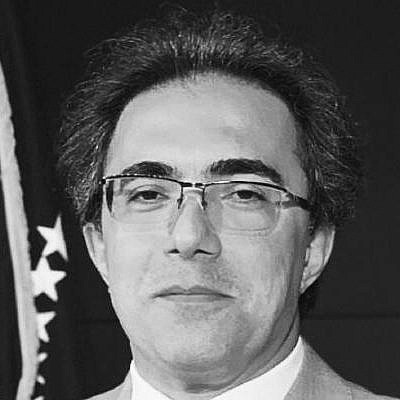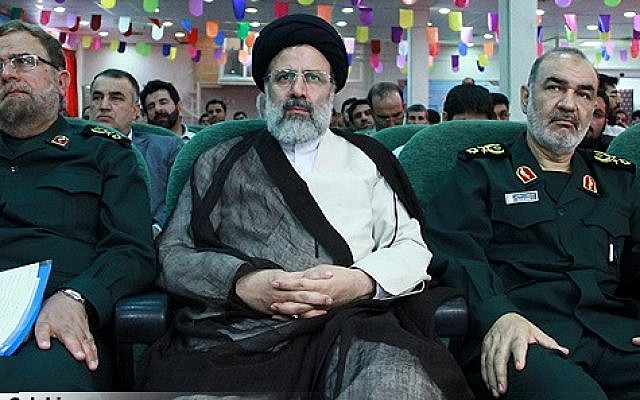Biden’s CIA Director and Iran
Published on: 2021-04-20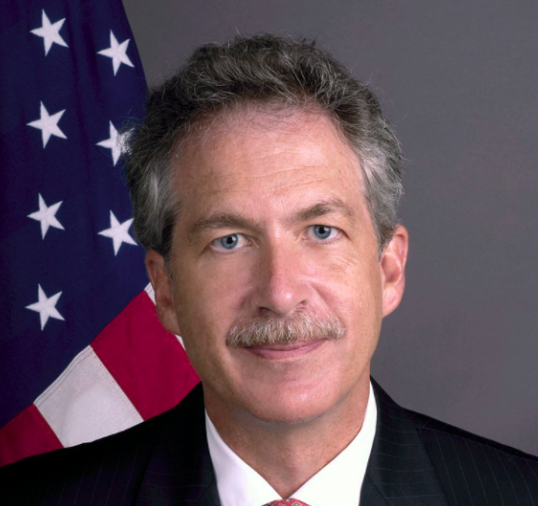
BESA Center Perspectives Paper No. 1,965, March 14, 2021
EXECUTIVE SUMMARY: On February 24, 2021, William J. Burns was confirmed as Joe Biden’s new CIA director. The Iranian mullahs want to use terrorism to coerce Biden into lifting the crippling sanctions imposed by Donald Trump, and wish to continue their covert pursuit of nuclear weapons. Burns is an experienced professional and he is fully aware of the true nature of the Islamic regime.
The late Shah of Iran, Muhammad Reza Pahlavi, had a close relationship with the CIA and Israel’s Mossad. In the Shah’s view, it was in the Iranian national interest to be friendly with the US and Israel and to have peaceful relations with Arabs. During that golden age, the CIA, Mossad, and MI6 had operational stations in Tehran and cooperated with SAVAK, Iran’s security and intelligence service, to monitor the activities of the former KGB.
Astonishingly, the CIA did not anticipate the revolution in Iran in 1979. It apparently did not make use of Mossad and SAVAK intelligence at the time indicating that more than 11 terrorist groups were fomenting a crisis in Iran.
Since the Islamic revolution of 1979, Iran has been ruled by a militant and expansionist Shiite theocracy with worldwide hegemonic ambitions. The regime, which supported Islamic terrorism from its earliest days, followed the Khomeinist ideology of Shiite theocracy. It was—and remains—committed to exporting the Islamic revolution wherever it can and challenging international norms.
In the US, it appears that the foreign policy doctrine of the Biden administration with regard to the Middle East will be the pursuit of stability via diplomacy and multilateral engagement. This will entail a new round of negotiations with Iran with the aim of resuscitating the dead JCPOA.
The Biden administration seeks to curtail the regime’s ballistic missile program, stop its secret program to produce nuclear weapons, terminate its funding of Shiite transnational proxies in the region, and end the regime’s support and endorsement of terrorism.
Biden named veteran diplomat William J. Burns as his pick to lead the CIA. David S. Cohen, who was serving as the Agency’s deputy director (a position he also held from 2015 to 2017), will continue in that role.
The CIA’s CTC (counter-terrorism) and CPC (counter-proliferation) centers are monitoring Iran’s destructive role in stirring up chaos and instability, not only in the Middle East but also in Latin America and elsewhere in the American hemisphere. Part of that program involves monitoring the activities of the IRGC Quds Force.
The CIA’s analysts and officers have a long history of intelligence-gathering in the Middle East and know full well that Iran is a bad actor. During the Trump era, the CIA strengthened its strategic partnership with Israel as well as with the intelligence apparatuses of Saudi Arabia, Bahrain, and the UAE.
It was through the help of regional allies and intelligence services that the CIA was able to gather reliable information on Iran’s illicit nuclear weapons program and eliminate the head of the IRGC Quds Force (Qassem Soleimani), the architect of Iran’s nuclear program (Mohsen Fakhrizadeh), and al-Qaeda’s number two in Tehran. The second and third of these killings took place on Iranian soil.
Under the leadership of Mike Pompeo at the State Department and Gina Haspel at the CIA, Iran suffered international isolation and a depleted economy. Tehran announced several times that it had captured dozens of spies working for the CIA and sentenced some of them to death, a claim denied by former President Trump.
The Iranian regime knows Burns and Cohen from the secret channel negotiations during the first stage of the JCPOA talks during the Obama administration. Burns connected the CIA with the IRGC and the MOIS, a connection that enabled the US Air Force to use Iranian airspace to conduct military missions in Afghanistan. After the collapse of the Taliban, Iran continued the relationship with US intelligence and facilitated the first stage of the US attack on Iraq. In 2013, Burns and Jack Sullivan, the National Security Advisor at the time, negotiated with regime actors Saeed Jalali, Javad Zarif, and Kamal Kharazi on the JCPOA.
Obviously, Burns is aware of the reports by the CIA’s counterterrorism department on the regional terrorist activities of the Quds Force and the destructive role played by both the Quds Force and Iran’s MOIS from the Middle East to northern Africa to South America. At the CIA, he also has access to reports from the Mossad, which is one of the few regional intelligence operations with the capability to infiltrate many of Iran’s military and political centers.
Burns has learned over the years that deals made with the Shiite mullahs cannot be relied upon. This conclusion is echoed by the rest of US Intelligence, which understands the malign role played by the Iranian regime.
The Islamic Republic will continue its aggressive behavior no matter who is in charge at Langley. The regime’s pursuit of hegemonic power in the Middle East and beyond will not abate. The MOIS and the Quds Force will continue to operationally support terrorism as well as Iran’s covert ballistic and nuclear programs.
While Burns is an experienced professional, his future successes in the Middle East will depend on the cooperation of regional intelligence in Israel, Bahrain, Jordan, Saudi Arabia, and the UAE.
View PDF
Erfan Fard is a counterterrorism analyst and Middle East Studies researcher based in Washington, DC. Twitter: @EQFARD
